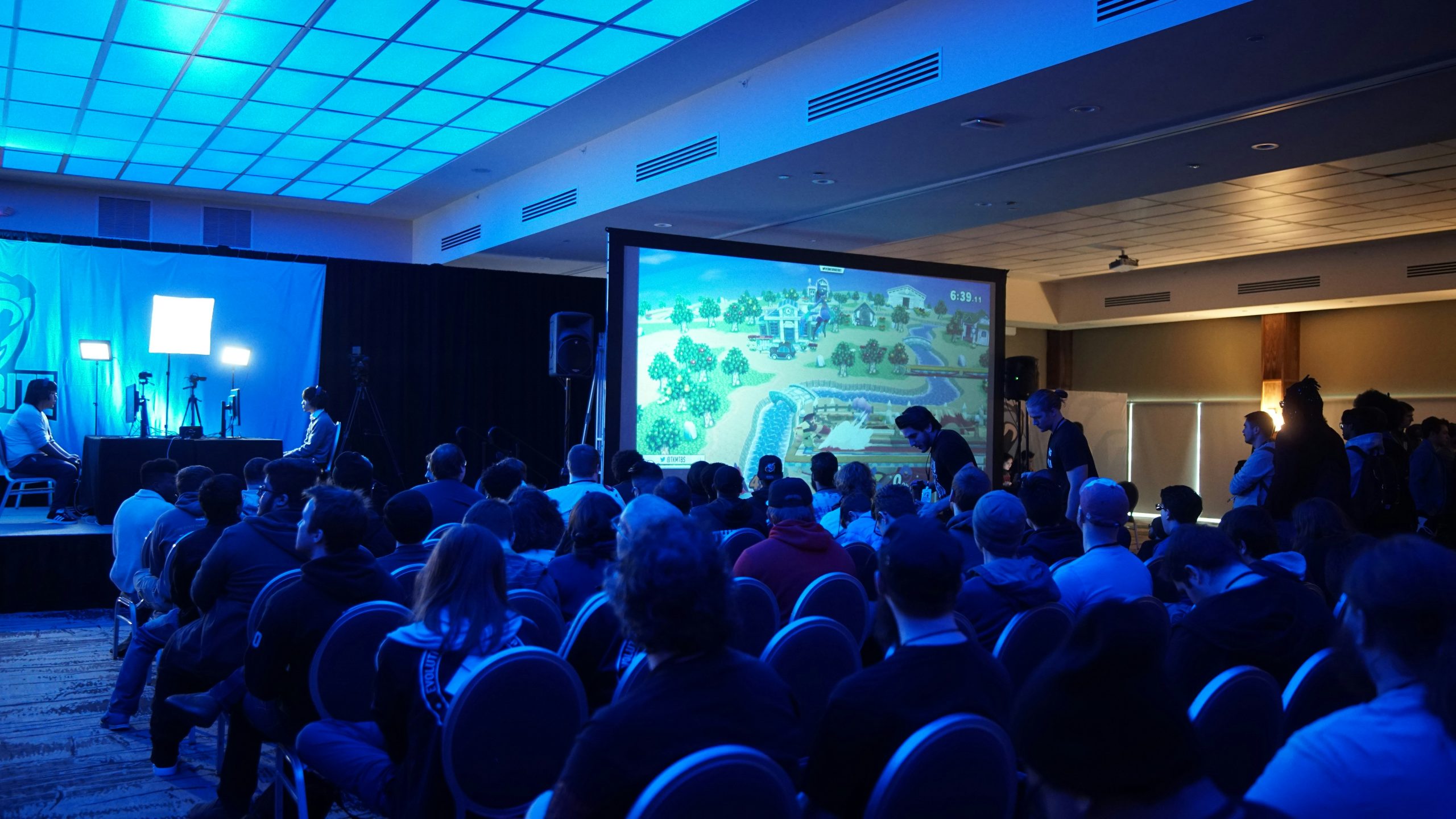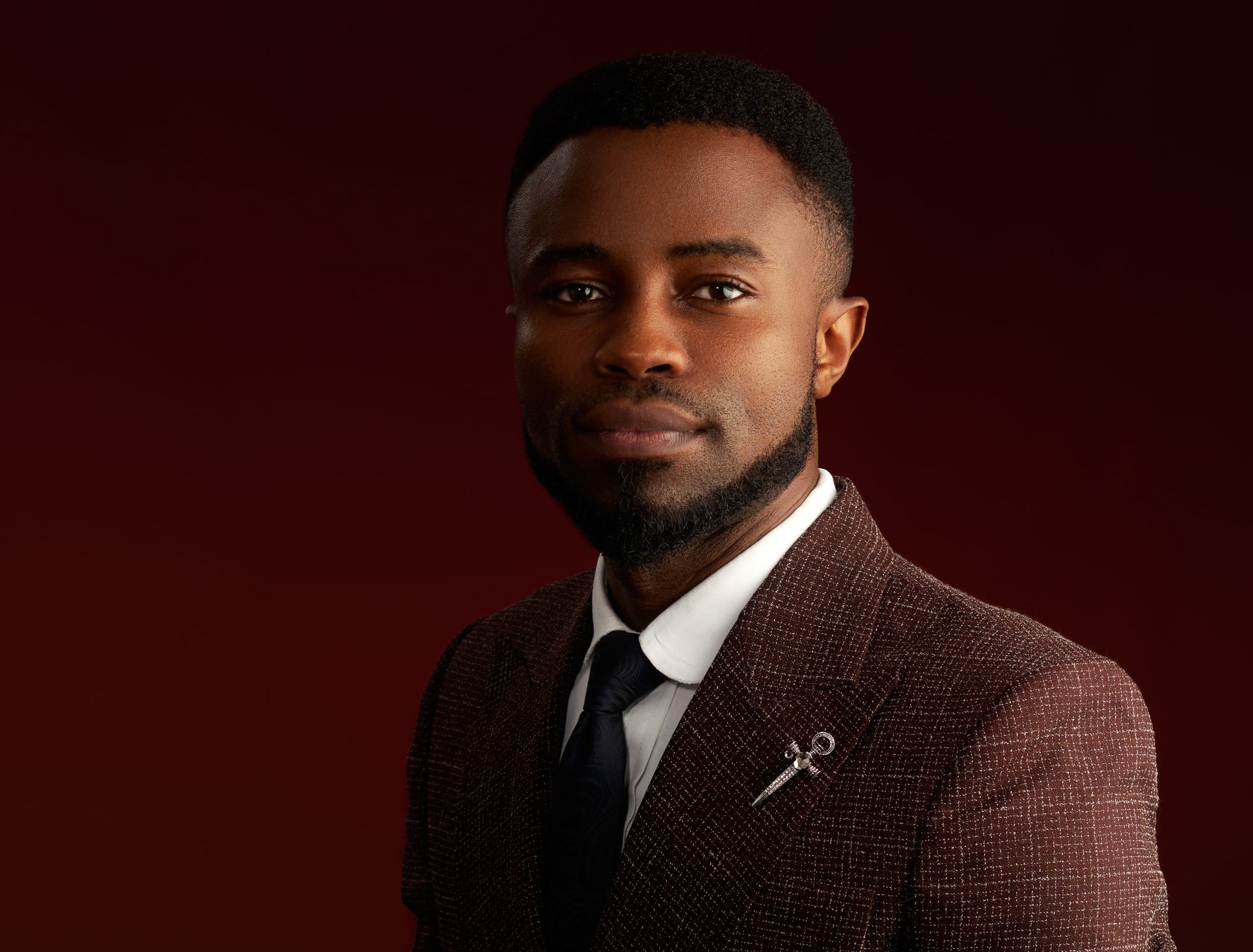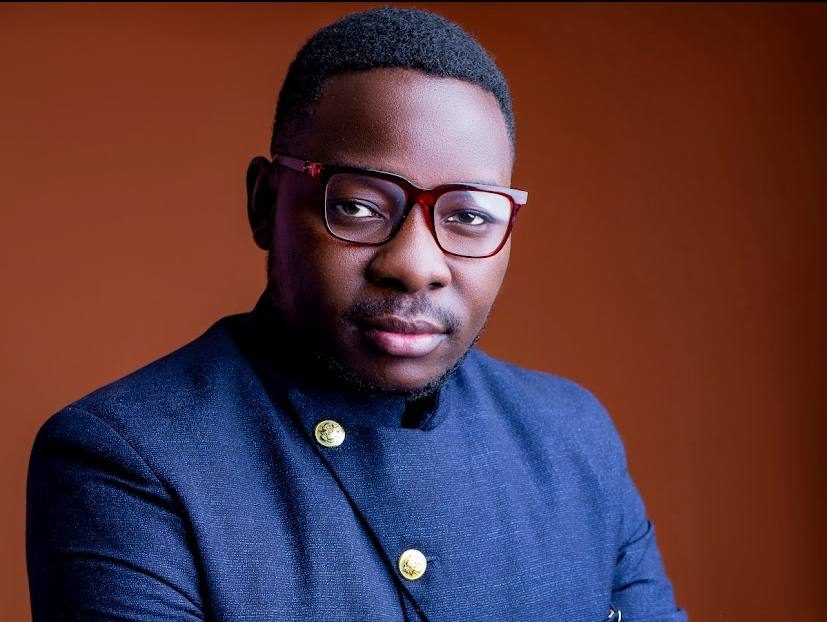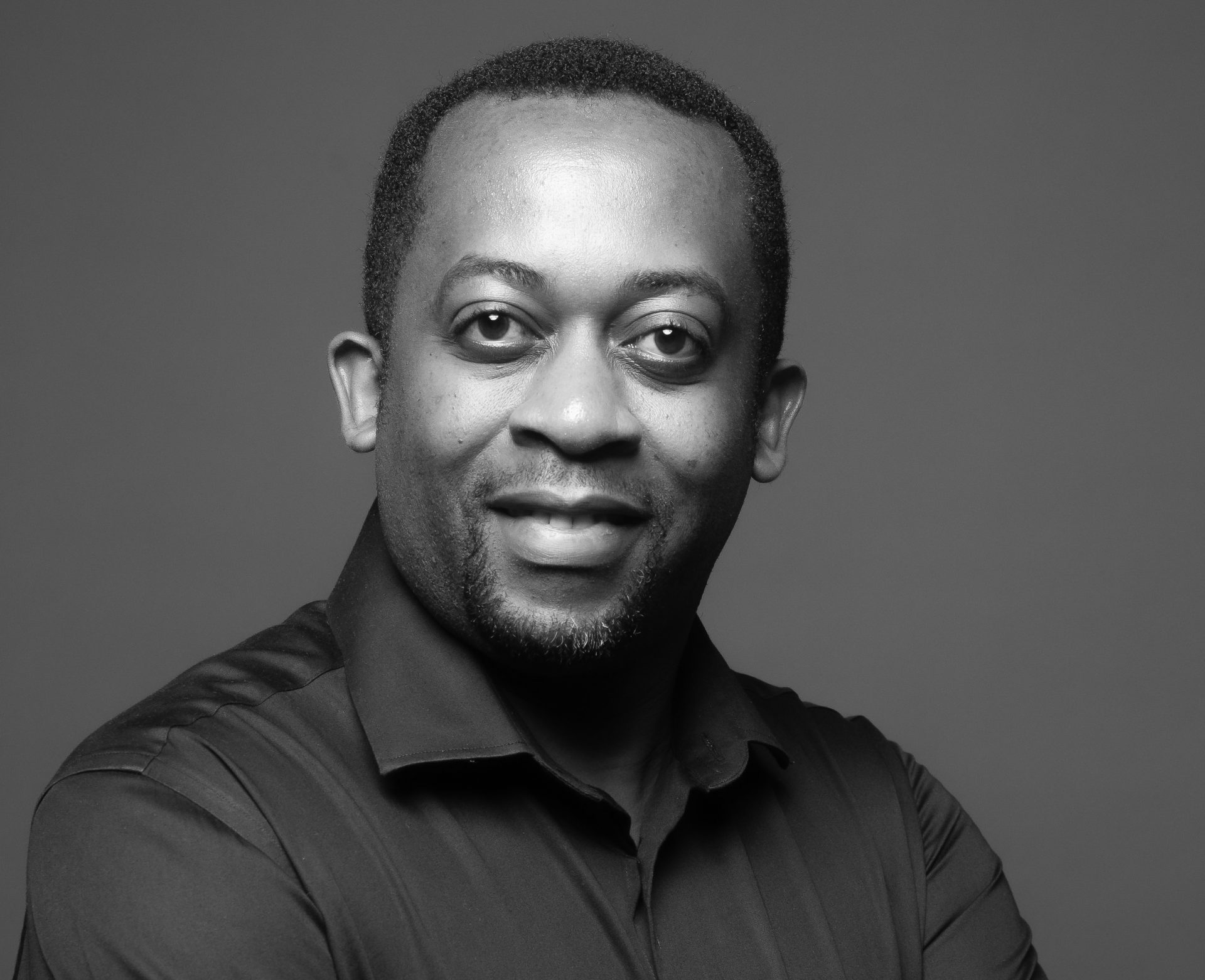Aizehi Itua is the founder of Aimone Company, a Marketing and Communications agency in Lagos, Nigeria.
Today’s Brand Management is as hands-on as it is strategic, and events have proven to be a key tool for brand engagement. It is therefore essential to manage all brand assets—tangible and intangible—effectively. One of the most critical yet often overlooked aspects of event execution is managing the principal, the key representative of the brand.
This is not just about ensuring they attend and speak; it’s about crafting the right narrative, positioning them effectively, and being deeply involved in every detail of their engagement. In this article, I will explore how Communications professionals can strategically manage their principal at events to create an intentional and impactful brand presence.
Last year, I led the brand presence of The Alternative Bank at the launch of the Raymond and Sterling Estate, a partnership between the state government and our bank. It was a defining moment, not just in executing brand visibility but in reinforcing how intentional Brand Marketing, Communications, and Public Relations must be.

Arriving early was non-negotiable so before my principal, the Executive Director for Retail South, stepped in, I had to be on-site to assess everything—brand collaterals, media placements, and overall positioning. What I found was a setup that didn’t quite tell the right story. The banners weren’t strategically placed, and if left that way, our presence would have been diluted.
Every event is a battle for visibility, a competition for share of mind. Being seen is one thing, but being seen in the right way is what truly matters. I repositioned the collaterals subtly yet intentionally, ensuring they were placed at high-traffic areas—spots where media opportunities were prime and where attendees would naturally engage.
The goal was simple: make our brand presence felt without being overbearing, ensuring it blended seamlessly into the event narrative.
Seating arrangements were another crucial element. Where your principal sits determines how they are perceived, whom they engage with, and ultimately, how their presence is captured. I worked closely with the organisers to confirm her seating position, making sure she was placed prominently among key delegates, particularly near the governor.

This wasn’t just about status; it was about optics, networking, and ensuring that when the cameras rolled, she was positioned in a way that reinforced our brand’s credibility. Beyond seating, I needed to confirm her slot on the agenda.
Information can change last-minute at events, and as a communications professional, you can’t afford to rely on prior briefs alone. I had to be certain about when she would be called up, align with the MC to ensure proper introductions, and prepare her for any impromptu shifts.
Once she arrived, my role shifted to real-time coordination. I had to ensure her entrance was well captured, from her first steps onto the venue to her engagement with the governor. Every handshake, every moment of interaction, and every key scene needed to be documented with precision.
It wasn’t just about taking photos; it was about storytelling—capturing moments that would make the right headlines, ensuring that media reports framed our participation in the best possible light. Photojournalism played a key role here. I was constantly scanning for the right angles, the shots that would make the front pages and shape public perception.
When she received the ceremonial key and took the tour around the estate, it was my responsibility to ensure the narrative was visually and textually compelling.

Post-event, the work wasn’t over. Amplification mattered just as much as execution. It wasn’t enough to have a presence on-site; that presence had to translate into sustained visibility. The content captured needed to be leveraged across multiple platforms—press releases, social media, internal communications—each tailored to keep the story alive beyond the event itself.
Feedback from the team and my line manager eventually confirmed the impact of our efforts. The right placements, the right engagements, and the right storytelling ensured that our brand wasn’t just present but was positioned as a key player in the partnership.
Managing a principal at an event requires more than logistical planning. It demands a deep understanding of positioning, narrative control, and strategic visibility. You have to anticipate changes, move quickly, and be intentional about every single detail. The way they enter, where they sit, who they interact with, how they are captured—all of it contributes to the brand story you are telling.
It’s not just about ensuring things go smoothly; it’s about ensuring they go in a way that serves the bigger picture. Communication isn’t just in the words spoken; it’s in the experience created. And as I’ve learned time and time again, the difference between just showing up and truly making an impact is in how intentional you are.





